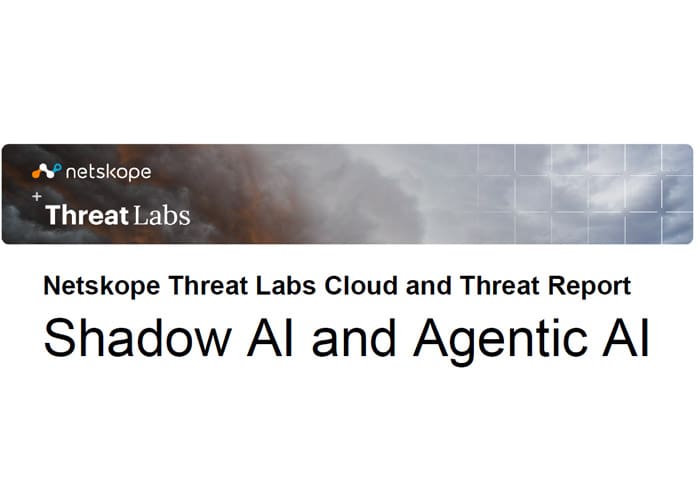This is our fourth Netskope Cloud and Threat Report dedicated to the emerging field of generative AI. Our first report in 2023 highlighted the exponential growth in popularity of ChatGPT within the enterprise. Our second report in 2024 highlighted that nearly all enterprises were using SaaS genAI apps and implementing policies to protect sensitive data. Our most recent report continued that narrative while introducing concepts of shadow AI, indirect genAI use, and local AI. This newest installment examines emerging trends in shadow AI and agentic AI within the enterprise, where some users are shifting toward genAI platforms and on-premises solutions as they build custom apps and autonomous agents, creating a new set of cybersecurity challenges.
This report focuses on shadow AI and agentic AI, exploring how organizations can shed light on the shadows along the way. We begin by examining SaaS genAI apps, where we are still seeing a considerable amount of shadow AI. There is a clear centralization trend emerging, with organizations gravitating toward a few key enterprise-managed ecosystems, especially Gemini and Copilot. However, the majority of users (60%) are still using personal, unmanaged apps, representing a significant amount of shadow AI that continues to span into new apps as they are released.
We continue with genAI platforms, such as Azure OpenAI, Amazon Bedrock, and Google Vertex AI, which are rapidly gaining popularity due to their simplicity, flexibility, customizability, and scalability. They empower users to build custom applications or agents using the models of their choosing. And perhaps most importantly, they provide some security and privacy guarantees that differentiate them from many SaaS apps and on-prem solutions. At this stage, adoption of genAI platforms is led by individuals experimenting with the relatively new technology, making genAI platforms represent the fastest-growing category of shadow AI.


